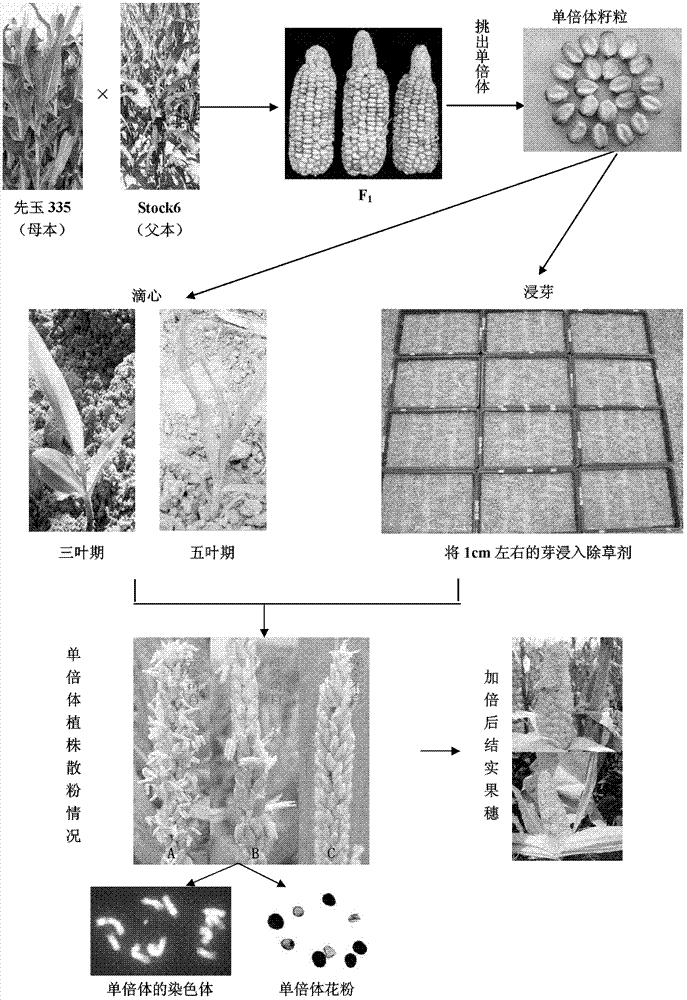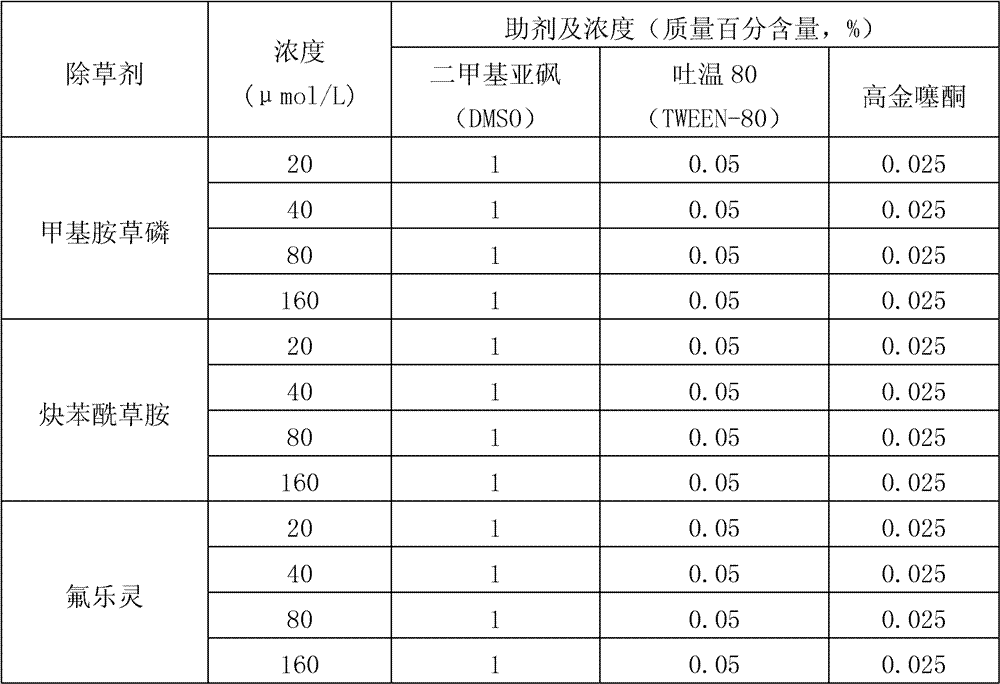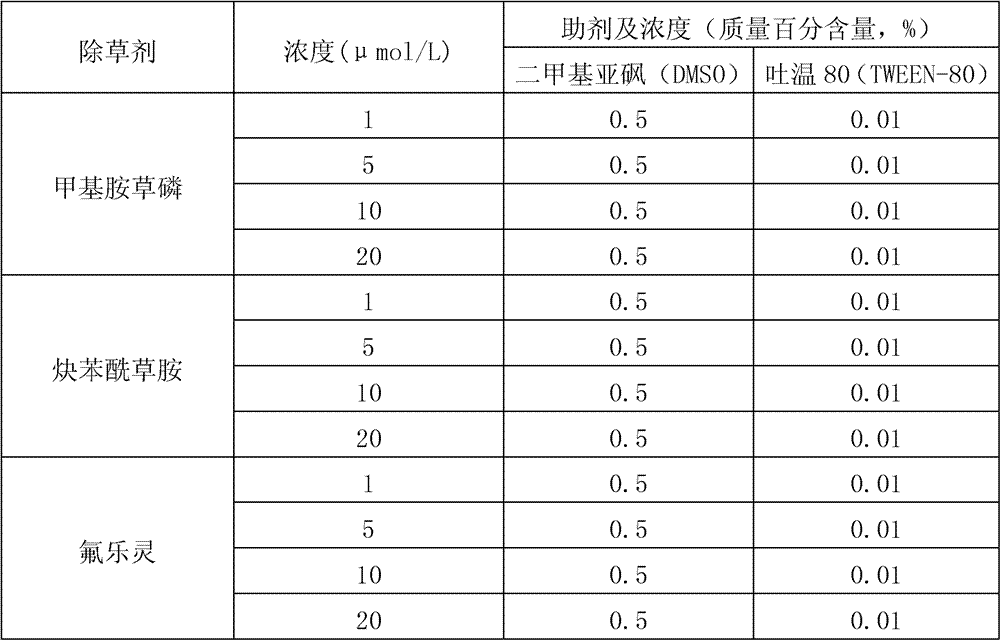Method for doubling corn haploid by herbicide and special herbicide of method
A haploid and herbicide technology, applied to herbicides and algicides, botanical equipment and methods, chemicals for biological control, etc., can solve problems such as loss, dead seedlings, and environmental pollution, and achieve pollution Small and easy to use
- Summary
- Abstract
- Description
- Claims
- Application Information
AI Technical Summary
Problems solved by technology
Method used
Image
Examples
Embodiment 1
[0032] Embodiment 1, utilize special-purpose herbicide to double the corn haploid
[0033] (1) Obtaining Haploid Grain of Maize
[0034] The maize haploid induction line Stock6 (Garst Seed Co, USA) was used as the male parent, and Xianyu 335 (Dunhuang Seed Industry Pioneer Fine Breed Co., Ltd.) was used as the female parent for hybridization ( figure 1 ). After the seeds are mature and dried, the seeds of the purple top and white embryo are selected and set aside.
[0035] (2) Identification of maize haploid
[0036] 1. Identification of genetic markers
[0037] Based on the Navajo genetic marker system, the purple top and purple embryo of the grain are the dominant markers. The harvested hybrid seeds were identified one by one. The seeds of the purple-topped and white embryos were haploid, the seeds of the purple-topped purple embryos were diploid in normal hybridization, and the white-topped and white embryos were diploid seeds polluted by pollen. There are few embryole...
PUM
 Login to View More
Login to View More Abstract
Description
Claims
Application Information
 Login to View More
Login to View More - R&D
- Intellectual Property
- Life Sciences
- Materials
- Tech Scout
- Unparalleled Data Quality
- Higher Quality Content
- 60% Fewer Hallucinations
Browse by: Latest US Patents, China's latest patents, Technical Efficacy Thesaurus, Application Domain, Technology Topic, Popular Technical Reports.
© 2025 PatSnap. All rights reserved.Legal|Privacy policy|Modern Slavery Act Transparency Statement|Sitemap|About US| Contact US: help@patsnap.com



